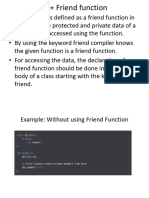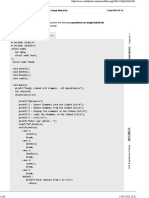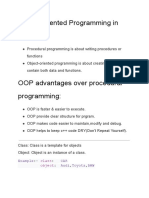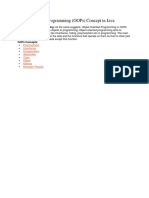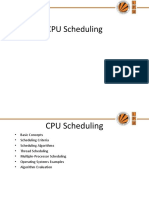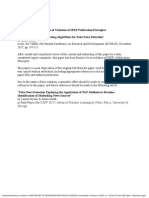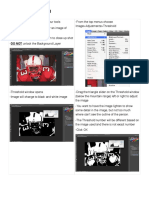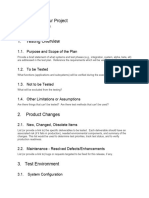0% found this document useful (0 votes)
294 views7 pagesDoubly Linked List Guide
Doubly linked list is a complex type of linked list in which each node contains pointers to both the previous and next nodes. This allows traversal in both directions. Each node contains data, a pointer to the next node, and a pointer to the previous node. Doubly linked lists allow insertion, deletion, and traversal from either end of the list. They are useful for applications requiring bidirectional navigation like web browsers and undo/redo functions.
Uploaded by
Achyut KayasthaCopyright
© © All Rights Reserved
We take content rights seriously. If you suspect this is your content, claim it here.
Available Formats
Download as PDF, TXT or read online on Scribd
0% found this document useful (0 votes)
294 views7 pagesDoubly Linked List Guide
Doubly linked list is a complex type of linked list in which each node contains pointers to both the previous and next nodes. This allows traversal in both directions. Each node contains data, a pointer to the next node, and a pointer to the previous node. Doubly linked lists allow insertion, deletion, and traversal from either end of the list. They are useful for applications requiring bidirectional navigation like web browsers and undo/redo functions.
Uploaded by
Achyut KayasthaCopyright
© © All Rights Reserved
We take content rights seriously. If you suspect this is your content, claim it here.
Available Formats
Download as PDF, TXT or read online on Scribd
/ 7













